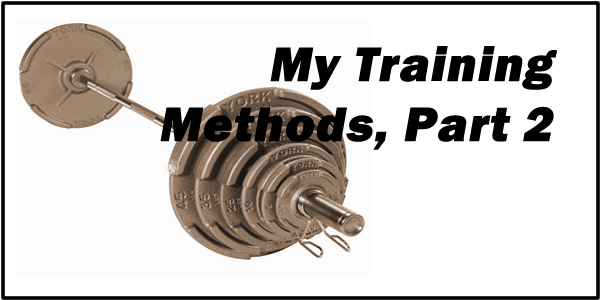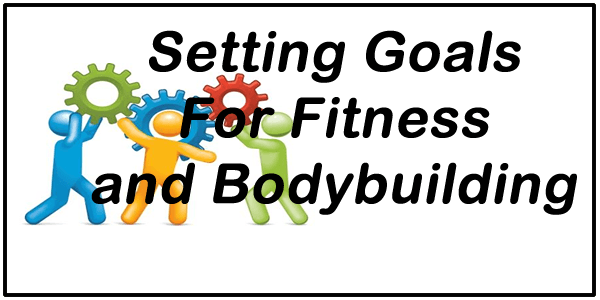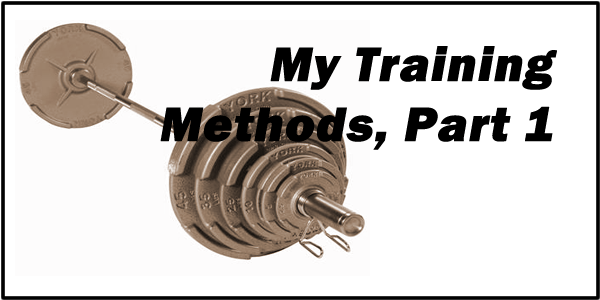
There are many different weight training methods that bring about decent results. My own weight training methods have been evolving. I have learned that no single method works for me. In fact, there are even variations of methods that work as well. You truly need to conduct the Experiment of One to determine what really works for you. That is the only real way to know what works and what doesn't work.
Full Body Weight Training Methods
There are various ways to train your entire body in one session. I have tried virtually all of them and can tell you that at least one of them works quite well. The benefits of a full body system of training are various. You get to train eve
ry 2 to 3 days. You are able to lift heavy. You can perform just one exercise per muscle group. It can truly work wonders on your body if handled correctly.
High Intensity Weight Training Methods
One form of full body training is HIT (High Intensity Training). This is one of those weight training methods that really hits you hard and fast. The way I handle HIT sessions is to use one set per exercise. I take that set to complete and total failure. I then rest 30 to 45 seconds in between exercises. This gives me a massive muscle building push as well as a cardio effect. This weight training method has really helped me build muscle in the past. A typical workout would look like this:
Hammer Pullover 185 x 10
Flat BB Bench 190 x 9
Lat Pull Down 195 x 6
OH Press 135 x 7
Cable Row 210 x 10
Dip 7
Scott Curls 75 x 6
French Press 75 x 7
Side Laterals 30 x 9
Shrug 295 x 7
Forearm Curls 85 x 7
Squat 210 x 7
Standing Calf 300 x 16
Standing Calf 300 x 15
Stiff Leg Deadlifts 185 x 10
Deadlift 275 x 10
I would do this type of thing 3 times a week, Monday, Wednesday and Friday. It is an extremely intense weight training method. If you try this be prepared to be winded the entire session. If you've never done something like this before also be prepared to vomit at some point during the training.
Modified HIT Weight Training Methods
There are also people like Mike Mentzer who modified HIT to include extra sets. What is intense about that is they do warm up sets in the range of 10 repetitions and then their working sets are 4 to 6 repetitions. Mentzer dubbed this “Heavy Duty” and it is an extremely effective method of training as well.
The Experiment of One Will Choose Your Weight Training Method
Make sure to conduct the Experiment of One carefully. Keep track of your progress as you go along. Analyze the results you get and make adjustments as necessary. This will choose your weight training method for you.



 urself harder than you think you can be pushed. This is a key because most of us don't push ourselves as hard as we can possibly be pushed. You would be surprised how many times you've quit a set before you actually failed. This is just a simple fact. We won't push ourselves as hard as someone else will.
urself harder than you think you can be pushed. This is a key because most of us don't push ourselves as hard as we can possibly be pushed. You would be surprised how many times you've quit a set before you actually failed. This is just a simple fact. We won't push ourselves as hard as someone else will.
